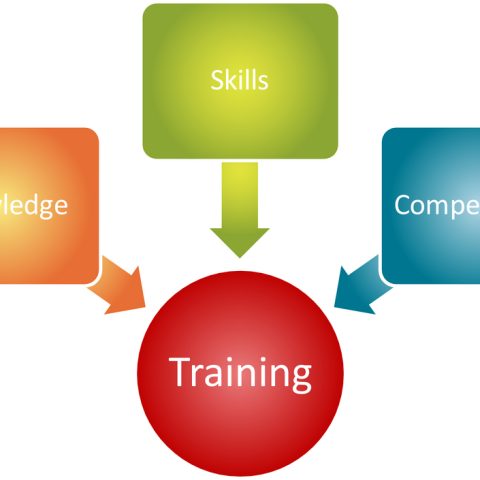 The staff, volunteers and board members of nonprofit organizations work hard every day to serve their constituencies and achieve their missions. These organizations are doing amazing and mighty work, but with limited people, skills and funding resources many nonprofits struggle to efficiently accomplish everything that they want to do.
The staff, volunteers and board members of nonprofit organizations work hard every day to serve their constituencies and achieve their missions. These organizations are doing amazing and mighty work, but with limited people, skills and funding resources many nonprofits struggle to efficiently accomplish everything that they want to do.
So how can nonprofits accomplish more without hiring additional staff or raising more money? By collaborating with other organizations, nonprofits gain access to and can leverage resources that enable them to do more than they can do on their own.
Collaboration is about working together for common goals. As the collaborative relationship is forming it’s important that all parties understand and agree on the shared goals of the project.
Each collaborator must understand their role in the project and share why the partnership is mutually beneficial to them. As the project progresses, and goes through the expected highs and lows, continuously focusing on the goals and benefits will help to smooth the choppy waters.
Here are some key ideas that nonprofits should consider to establish effective and successful collaborative relationships with other organizations.
Network
When thinking about the projects they want to complete, nonprofits should leverage their networks to partner with others that have successfully completed similar projects, that have the complimentary skills and resources needed, and that can benefit from the collaboration.
Instead of re-inventing the wheel, nonprofits should think about how to benefit from other organization’s experiences. Thoroughly understanding every collaborator’s needs and abilities to participate creates win-win situations where all groups facilitate their missions and goals.
Analyze
Nonprofits should carefully consider the projects that they select to collaborate on. There should be clearly defined shared goals and success criteria so that win-win situations are created.
A big item to consider is how decisions will be made. Often times when nonprofits collaborate it’s assumed that there will be a consensus-driven decision making process. And though that makes sense on the surface, further thought and discussion should determine if a consensus-driven decision making process is best for project success and team engagement. An aggressive deployment schedule and other factors may limit the time and flexibility necessary to support a consensus-driven decision making process.
Another key question that must be answered is what communication strategy will work best given the mix of partners? The collaborators must agree on a communication process that works for everyone. To ensure everyone’s on the same page, they should document the who, what, when, where and how of the communication methods to be used during the project.
The collaboration team should determine the skills and resources that are necessary to accomplish the project. Then each organization should document the skills and resources that they have, and don’t have. By comparing notes, the team can collectively identify the resources and skills that each organization will provide to the project. This analysis will also determine if none of the partners have the necessary critical resources and give the team the opportunity to secure them.
Successful Collaboration
Collaborative projects are more successful when all of the collaborators agree on, document, and plan these key points.
- To ensure that the goals remain the focus, each organization must understand and accept the value proposition of the collaborative effort. They must share with others why they’re involved in the project and be able to clearly answer the question: “What’s in it for them?”
- Constant, open and trust-based communication is very important, and can make or break collaborative efforts. Preparing a communication strategy and detailed plan will lay out how, who, when and what will be communicated.
- Roles and responsibilities must be well defined. Who are the stakeholders, project managers and subject matter experts, and what do they do? Who has ultimate accountability, who is contributing what resources?
- When new collaborative partners join forces, it’s vitally important that project management best practices be deployed to plan, execute, monitor and control the project. These standards will not only drive the project, but will get everyone on the same page about the process, tasks and timing.
- In addition to defining the project’s success criteria, the team should define what a successful team collaboration looks and feels like. The team success criteria should be agreed on, documented and periodically assessed to measure and adjust it as necessary.
- An issue resolution process should be determined in advance, not in the throes of a disagreement. Among other things, the process will state each party’s role in identifying, analyzing, tracking, communicating, escalating, prioritizing, and resolving issues.
- As stated above, the decision making process needs to be agreed to and implemented.
What are the benefits of collaborating with other organizations?
- Working with others will bring different perspectives and skills to the table, resulting in better project outcomes.
- The collaborative process helps to generate more creative ideas, and can mitigate the negative impact of the “group think” phenomena that can occur within a single organization.
- Sharing the costs effectively lowers them for everyone.
Productive collaborative relationships enable organizations to build stronger relationships with each other, share responsibility and accountability, and can significantly increase the scale of projects to impact a larger community. In an upcoming blog, I’ll discuss these benefits in detail.



